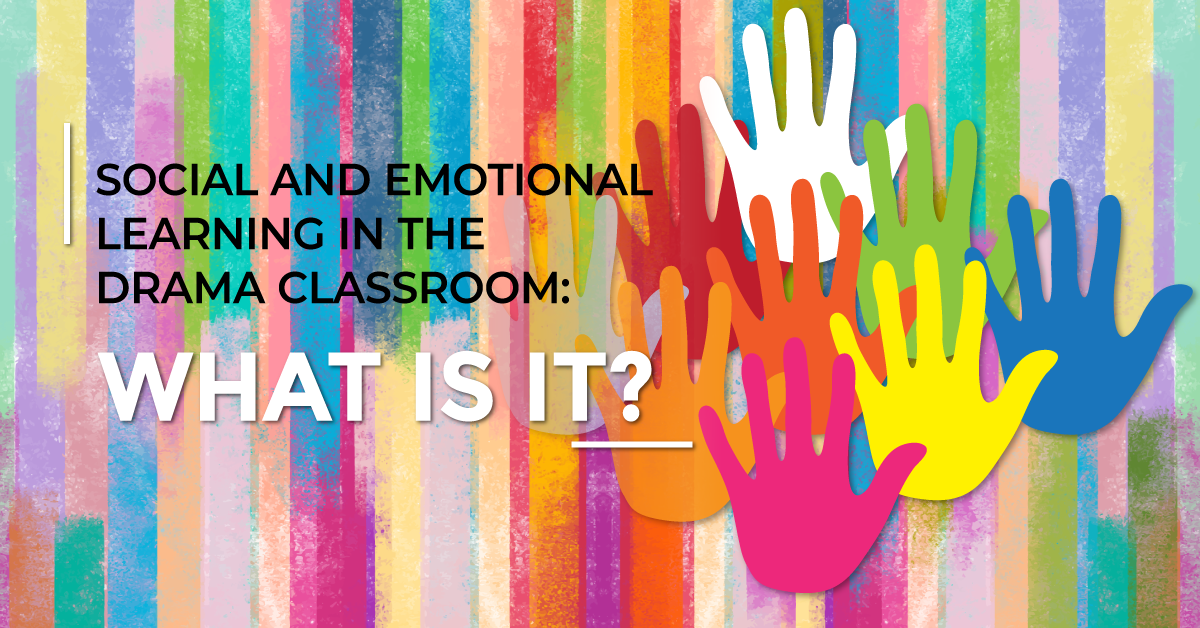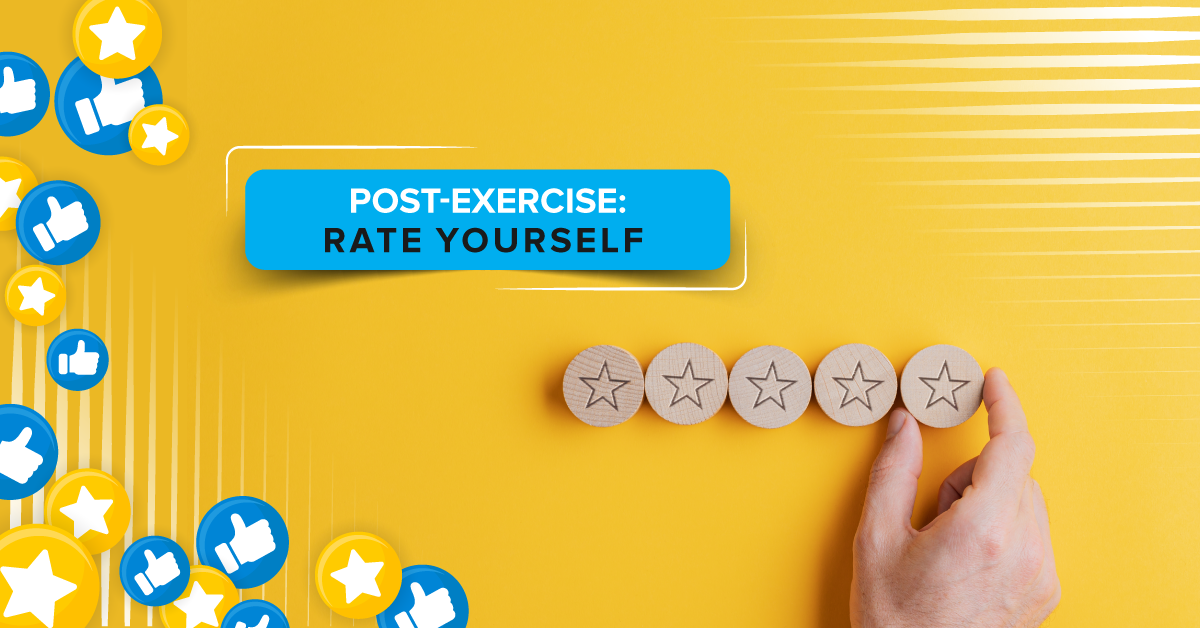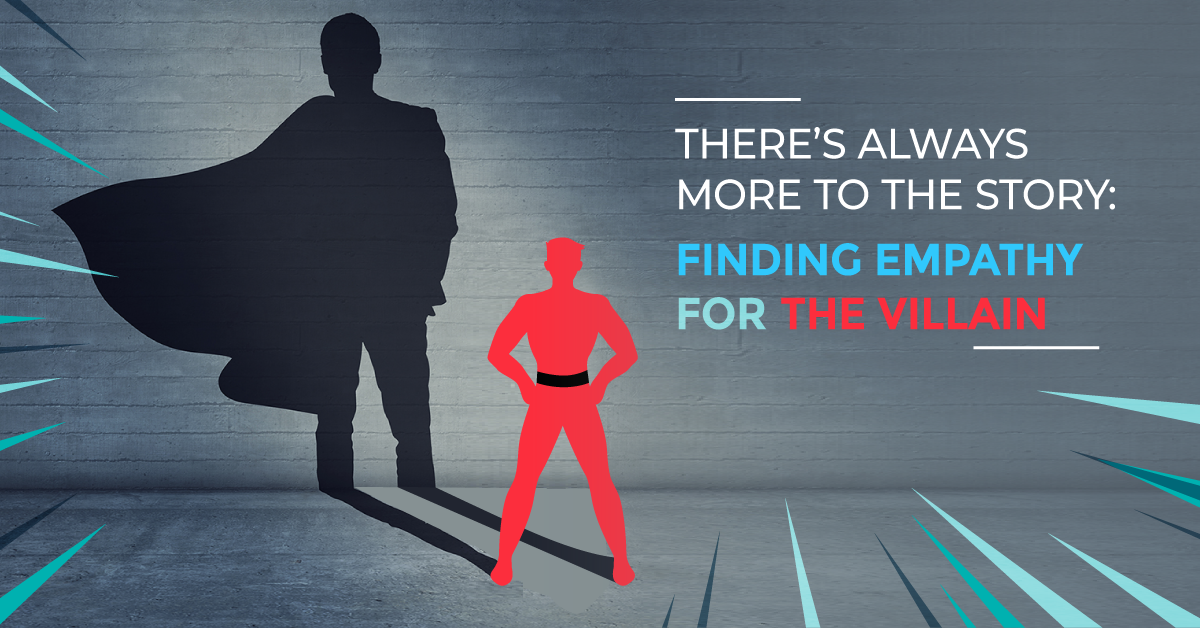Social and Emotional Learning in the Drama Classroom: What Is It?
The concept of SEL (Social and Emotional Learning) was defined by the Collaborative for Academic, Social, and Emotional Learning (CASEL) more than two decades ago to promote equity and excellence in education through social and emotional learning. SEL is defined as:
“The process through which students gain and effectively apply the knowledge , attitudes , and skills necessary to understand and manage emotions, set and achieve positive goals, feel and express empathy for others, develop and maintain positive relationships, and make responsible decisions.”
CASEL identifies the five categories of Social and Emotional Learning as follows:
- Self-Awareness (self-knowledge, identity, self-observation, growth mindset)
- Self-Management (emotional intelligence, self-regulation, personal responsibility, personal empowerment, coping strategies)
- Social Awareness (empathy and diversity, interpersonal skills, awareness of others, compassion, respect)
- Relationship Skills (communication, collaboration, connection, negotiation and resolution, community mindset)
- Responsible Decision Making (making ethical choices, critical thinking, leadership, analyzing and deciding, analysis mindset)
In our upcoming blog posts, we’ll dive into the details of each of the five categories of SEL to help you incorporate these concepts into the drama classroom, as well as apply them to your daily life as a teacher to help you with classroom management, relationship building, and reducing stress.
As a drama teacher, you likely already incorporate SEL into your daily lessons without realizing it, through things like critical thinking exercises, character analysis projects, collaboration games, problem-solving challenges, and self-reflections. Actively incorporating SEL concepts into your lessons can help students develop these skills and apply them to their lessons in drama class and their everyday lives.
To get you started with SEL in the drama classroom, try this mini exercise with your class, which focuses on self-awareness.
Visualizing Emotion
1. Divide students into small groups of three to four.
2. Give students a problem that evokes an emotion, such as failing a test, getting caught sneaking out of the house, or overhearing a friend gossiping about you.
3. Have each group identify the emotion being evoked (it might be different from group to group).
4. Each group will create a tableau (frozen picture) scene to visualize the emotion. Have each group present their tableau scene to the rest of the class.
5. Try the exercise again using mimed movement to create a scene that visualizes the emotion (10 seconds or less).
6. Have students complete an individual exit slip: Think about the problem your group received during the Visualizing Emotion exercise. Did you initially feel the same emotion that your group decided to portray? If so, how might you portray that emotion as an individual? If not, what emotion would you choose to portray and how would you do it?



